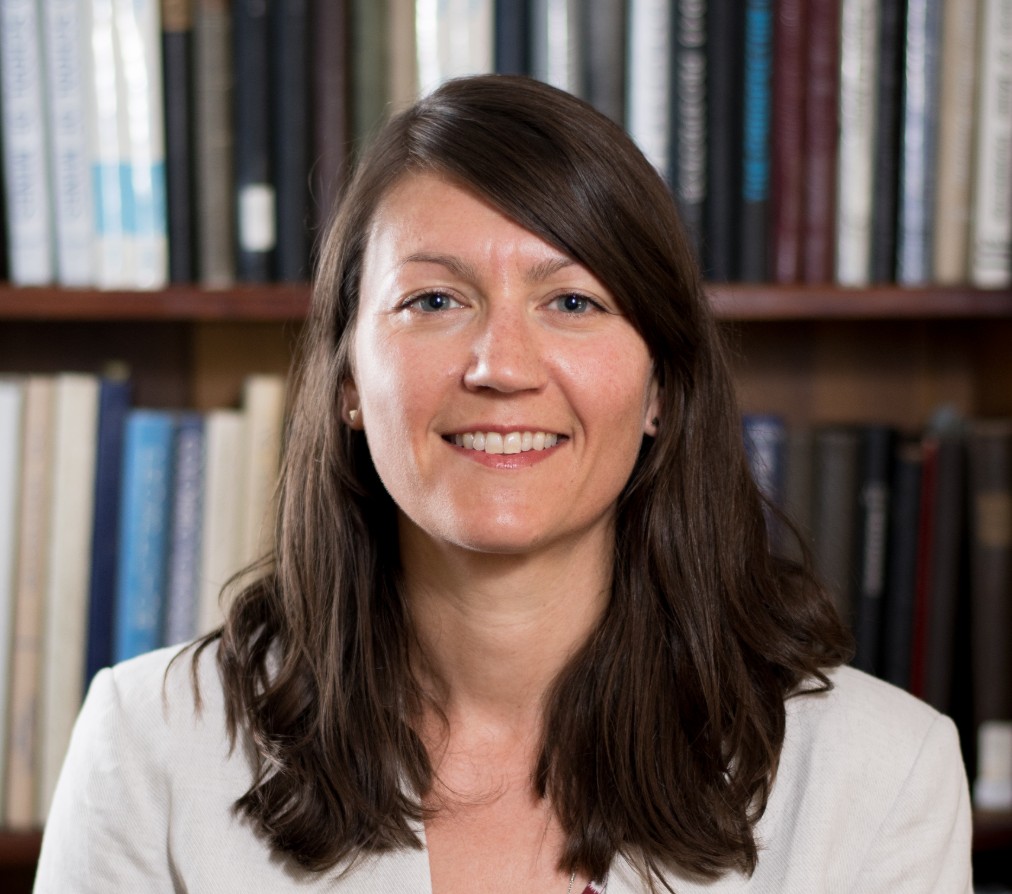Leiderman wins NSF CAREER for blood clotting modeling
Leiderman joined Mines in 2016. We asked her a few questions about her research and why math is such a powerful tool to help understand what’s going on in the human body.
 Karin Leiderman, associate professor of applied mathematics and statistics at Colorado School of Mines, has received the National Science Foundation’s highest honor in support of junior faculty, the NSF CAREER Award.
Karin Leiderman, associate professor of applied mathematics and statistics at Colorado School of Mines, has received the National Science Foundation’s highest honor in support of junior faculty, the NSF CAREER Award.
She will receive $509,999 in funding over the next five years to develop new mathematical models and numerical methods for simulating blood clotting – work that could lead to the design of new drugs, experiments and patient-specific therapies.
Leiderman joined Mines in 2016. She holds a PhD from the University of Utah and an MS and BS from the University of New Mexico, all in mathematics.
We asked Leiderman a few questions about her research and why math is such a powerful tool to help understand what’s going on in the human body:
Q: What is your latest research focused on?
A: Broadly speaking, this project is focused on mathematical and computational modeling of blood clotting. Within the blood clotting system, there are numerous biophysical and biochemical components that work together, all under the influence of fluid flow. Due to this complexity, it is difficult to predict clotting responses to perturbations such as drugs or diseases and, perhaps more importantly, to identify the mechanisms underlying these responses.
This is where mathematics comes in handy. This research involves the formulation of mathematical equations that describe how components of the clotting system interact in space and time – for example, we write down equations that describe how clotting proteins move around in fluid, interact with other proteins in the fluid, on cell surfaces and everywhere in between. Once the equations are formulated, we then have to figure out how to solve them numerically; many of them are non-standard and require development of new numerical techniques to be solved. We aim to develop a comprehensive mathematical and computational framework that couples the biochemistry, biophysics and biomechanics of blood clotting and simulates with computational efficiency.
Q: What do you find most exciting about this research?
A: I am amazed at the delicate and intricate balance that exists within the healthy blood clotting system – it is highly nonlinear, regulated by both positive and negative feedback, and prevents excessive bleeding and clotting simultaneously. Despite decades of study, there are still many unanswered questions about the underlying biochemical and biophysical mechanisms at play. I see many of these questions as challenging mathematical puzzles that need to be solved and that is what I love to do! Additionally, I am lucky to work closely with experimental collaborators at the University of Colorado Anschutz Medical Campus from whom my students and I have learned an extraordinary amount.
Q: What is the potential impact/application of this work?
A: Predictive mathematical models could serve as powerful tools for elucidating previously unknown biochemical and biophysical mechanisms, formulating testable hypotheses, designing new experiments and potentially developing patient-specific pharmaceutical therapies.
Q: How does this research agenda inform your teaching?
A: As part of this research, I will be organizing mathematical biology research workshops offered to local community college students, with the goal being recruitment and retention into four-year college programs. I will run these workshops with graduate students and postdocs and together we will offer active learning, mentoring, networking and advising.




